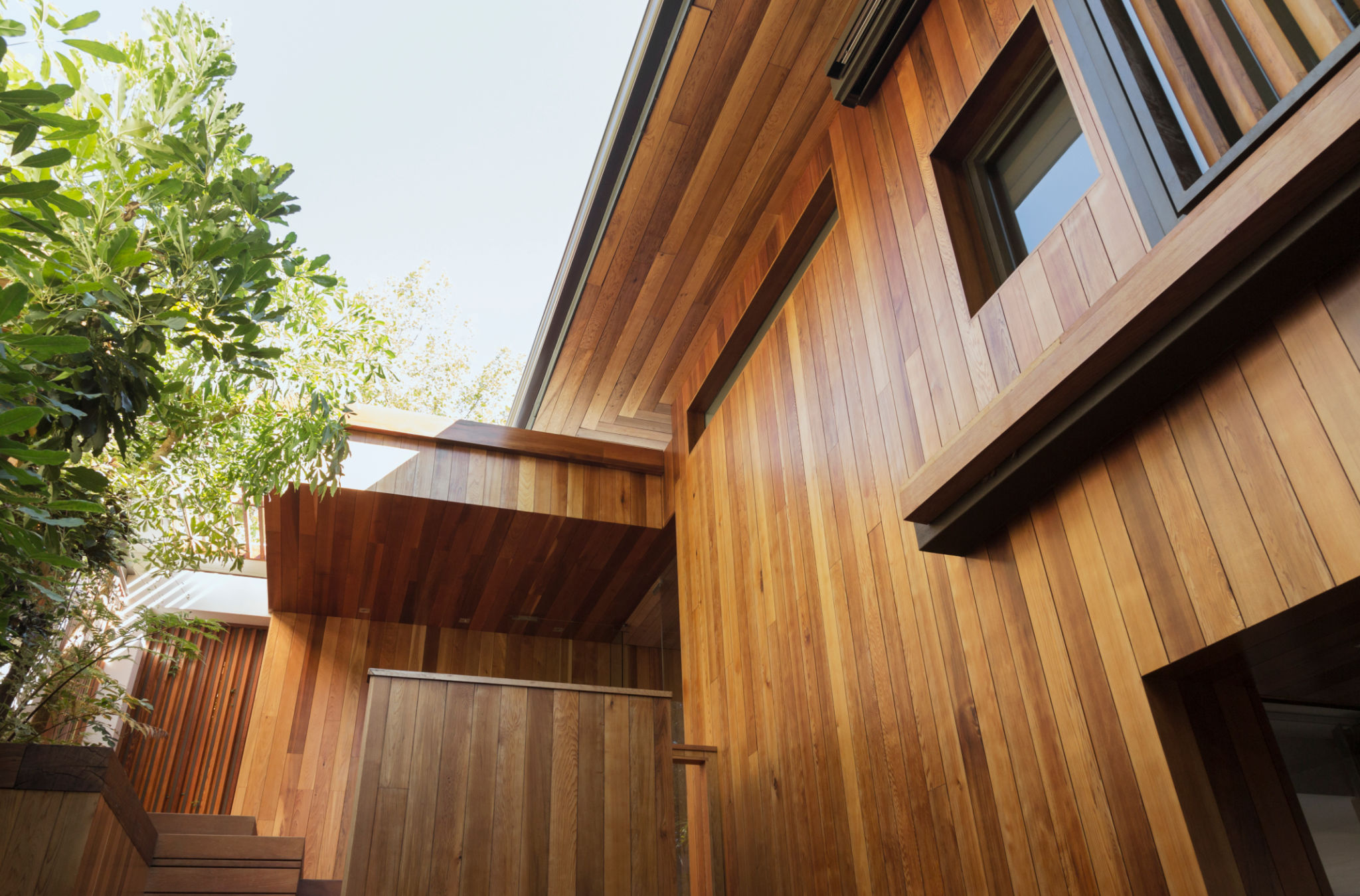Choosing the Right Siding Material for Your Home: Pros and Cons
Understanding the Importance of Siding
Choosing the right siding material is a critical decision for homeowners. It not only affects the overall aesthetic appeal of your home but also plays a crucial role in protecting it from the elements. The right siding material can enhance your home's insulation, energy efficiency, and even its market value. With a myriad of options available, it's essential to weigh the pros and cons of each material to make an informed decision.

Vinyl Siding: A Popular Choice
Vinyl siding has become a popular choice among homeowners due to its affordability and low maintenance requirements. It's available in a wide array of colors and styles, allowing for customization to suit any architectural design. One of the biggest advantages of vinyl is its resistance to pests and moisture, making it a durable option.
However, vinyl siding does have its drawbacks. It can become brittle in extremely cold weather, leading to cracks or breaks. Additionally, while it's resistant to fading, the color options might not be as rich or varied as other materials.
Wood Siding: Timeless and Elegant
Wood siding offers a classic and timeless look that many homeowners love. It's versatile and can be painted or stained in any color, providing nearly endless design possibilities. Wood siding also offers excellent insulation properties.

Despite its aesthetic appeal, wood siding requires regular maintenance to prevent rot, warping, and insect infestation. It can also be more expensive than other materials, both in initial costs and long-term maintenance.
Fiber Cement Siding: Durable and Versatile
Fiber cement siding is known for its durability and resilience against harsh weather conditions. It mimics the appearance of wood but without the associated maintenance issues. Fiber cement is fire-resistant and does not attract pests, making it a safe choice for many climates.
However, fiber cement can be heavy and may require professional installation due to its weight. It can also be more costly upfront compared to other materials like vinyl or aluminum.

Metal Siding: Modern and Sleek
Metal siding, including aluminum and steel, offers a sleek and modern look that appeals to contemporary designs. It's highly durable, requires minimal maintenance, and is resistant to fire and pests. Metal siding is also an environmentally friendly option as it can be made from recycled materials.
The downside of metal siding is that it can be prone to denting and scratching. Additionally, it may not provide as much insulation as other materials, potentially increasing energy costs if additional insulation is not added.
Considerations for Your Climate
When choosing siding material, it's crucial to consider your local climate. For instance, areas prone to high humidity or heavy rainfall might benefit from materials like fiber cement or vinyl that resist moisture damage. Conversely, in regions with harsh winters, you might prioritize materials that offer better insulation.

Balancing Budget and Aesthetics
Your budget is another critical factor when choosing siding material. While some materials like metal or fiber cement might have higher upfront costs, their longevity and low maintenance could result in savings over time. Conversely, more affordable options like vinyl might require more frequent replacements or repairs.
Aesthetics should also play a role in your decision. The right siding can enhance your home's curb appeal significantly. Consider how each material complements the existing architecture and color scheme of your home.
Making the Final Decision
Ultimately, the choice of siding material should reflect your priorities—whether it's budget, aesthetics, durability, or maintenance. Consulting with a professional can provide valuable insights tailored to your home's specific needs and your personal preferences.
By carefully weighing the pros and cons of each option, you can select the right siding material to protect your home while enhancing its beauty for years to come.